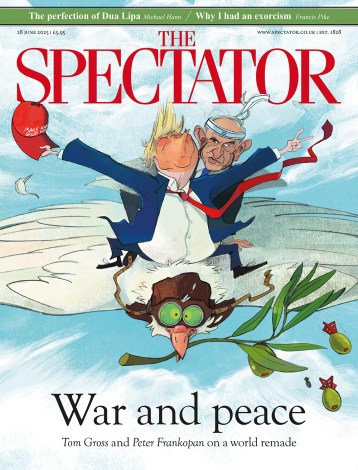Language of the heart
John Constable (1776–1837) is the quintessential painter of rural England. If we carry in our hearts an image of unspoilt countryside it will, more often than not, bear the lineaments of what has become known as Constable Country, that stretch of land along the river Stour in Suffolk that includes Dedham and Flatford, and the nearby village of East Bergholt. Magical names, redolent with the history imbuing Constable’s paintings of his native county. He immortalised the area in timeless images of extraordinary freshness and beauty. The Tate’s show of some 65 pictures does intelligent justice to a vision of landscape which continues to refresh the spirit. As its title suggests,
